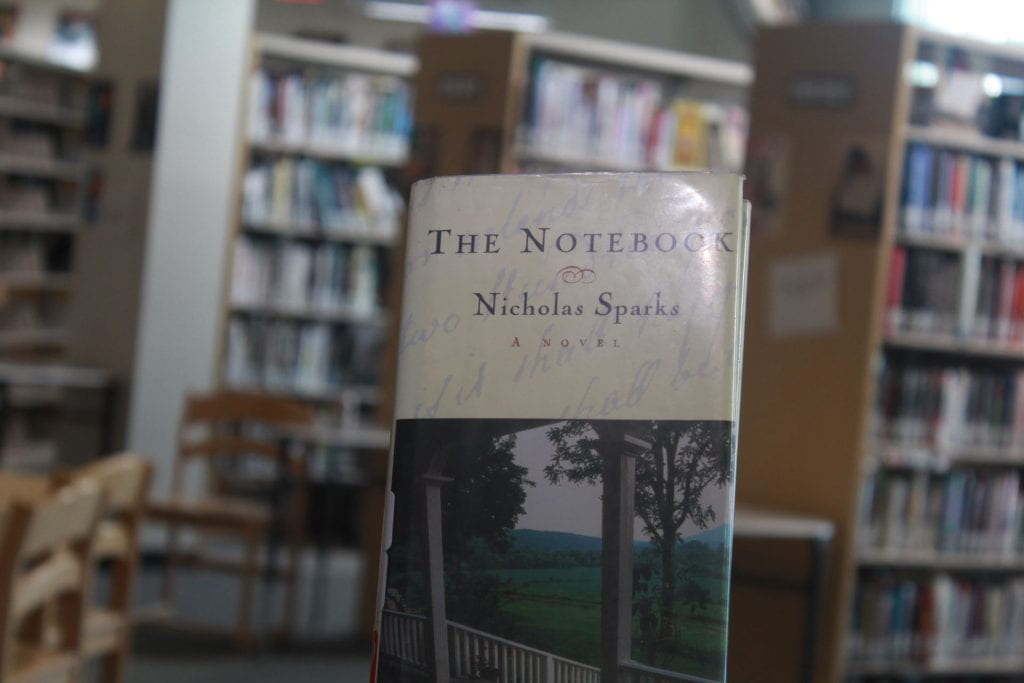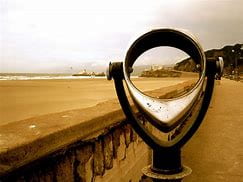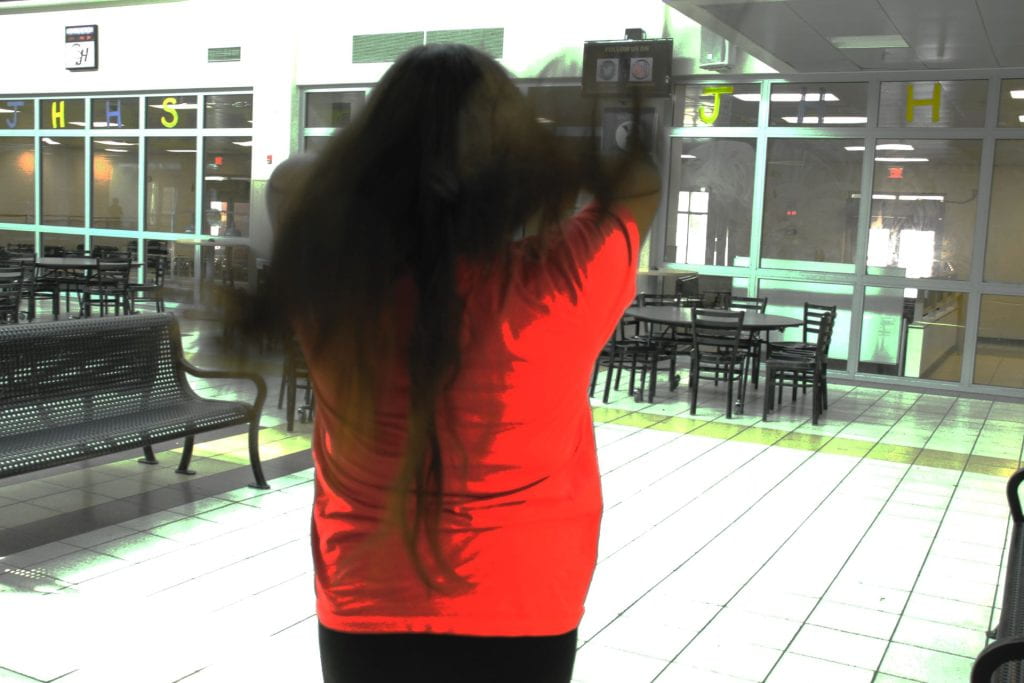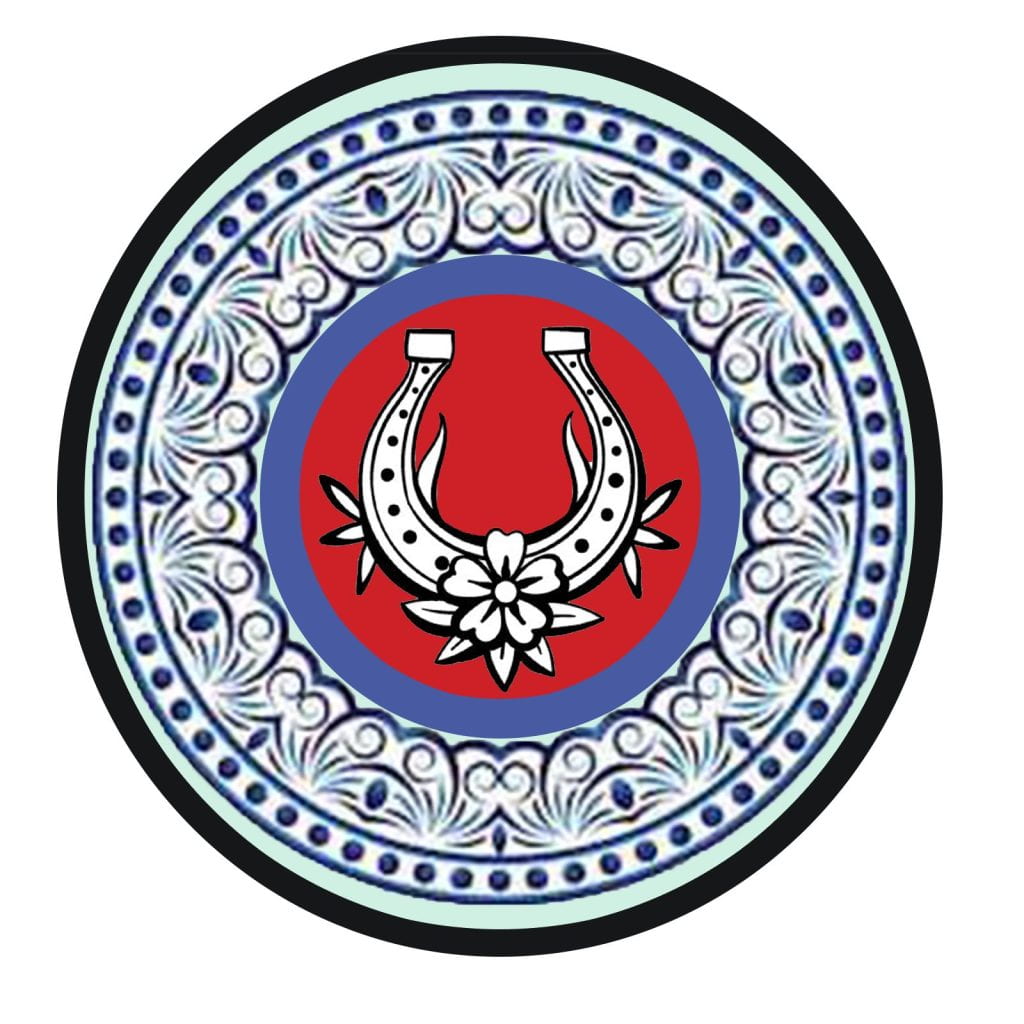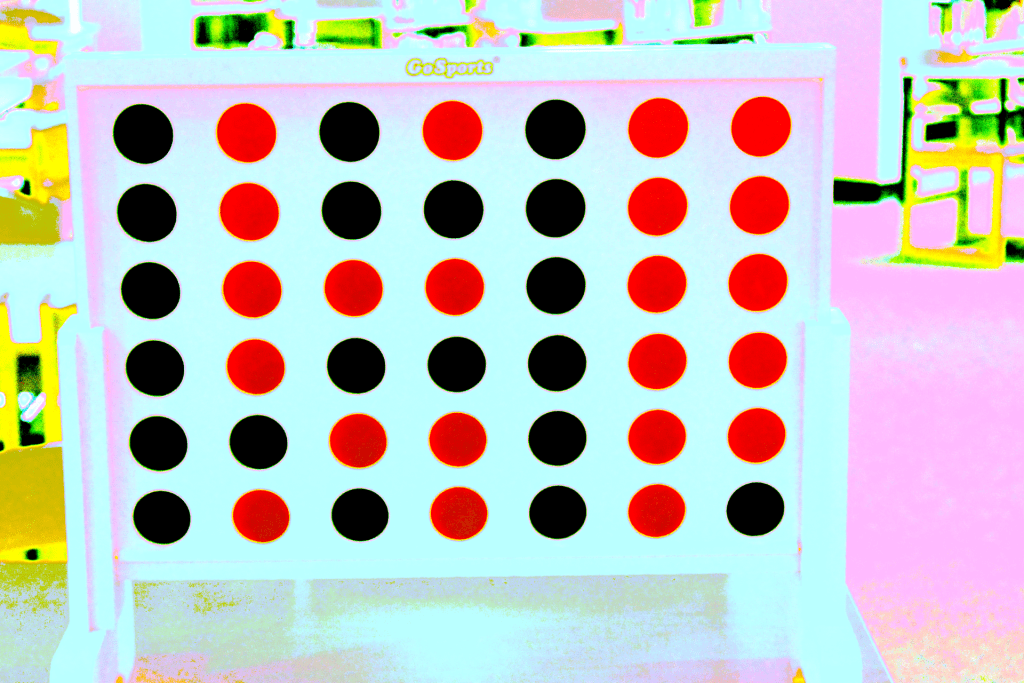Camera Modes:
Automatic Mode- This mode tells your camera to use it’s best adjustment to select all shutter speed, iso, and aperture.
Portrait Mode- Your camera keeps it’s background and lowers the aperture number for that so that you get a clear portrait photo.
Macro Mode- This mode is good for you’re close up photos you get a good zoom into your object and it comes out very clear.
Landscape mode- This mode is actually the exact opposite of portrait mode, this one sets the small aperture number to a big aperture number and gives you a large depth of field.
Sports Mode- It is also called action mode, this mode is designed for photographing any moving/action shots.
Night Mode- This mode is used for capturing more of an interesting shot because with the low light helps capture more details as well.
Movie Mode- This camera mode makes the photo more fun since you can capture moving photos not just still ones.
Semi Automatic Modes- This includes panoramic/stitch mode, Snow mode, Fireworks mode, Kids and pets mode, Underwater mode, Beach mode, indoor mode, and Foliage mode
Aperture priority mode (A or AV)- This mode is pretty much automatic and will ensure you have a well balanced exposure.
Shutter Priority mode (S or TV)- This one you choose the shutter speed while the camera chooses every other setting for you and this you use for example when you want to “freeze the motion”.
Program mode- This goes full auto mode as well but gives you more of a chance to have a little more control over other controls.
Manual mode- This mode you have your camera on FULL auto mode so you can set your shots up as you choose.
